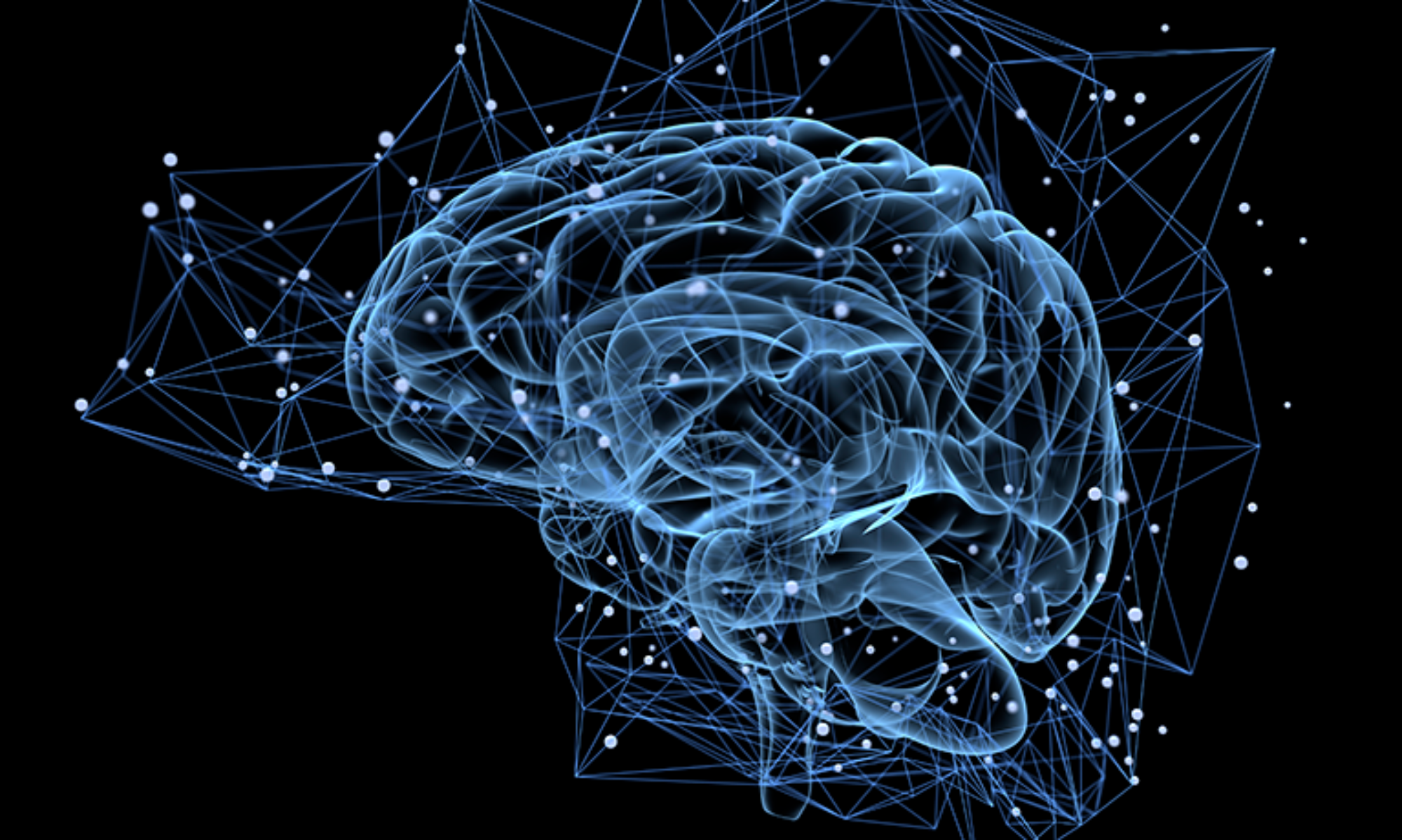The effects of shoes on the torsion and rearfoot motion in running. Stacoff A1, Kälin X, Stüssi Ehttps://www.ncbi.nlm.nih.gov/pubmed/1676133Excessive pronation is accepted as a good indicator for various running injuries. The least amount of pronation takes place when running barefoot.
Een andere kijk op de houding: zien, Peter W.B.Oomens, ZIEN. In dit artikel wordt ingegaan op een relatie tussen het zien en de houding. Toegelicht wordt dat de wijze van staan en zitten invloed heeft op de functie van de oogspieren.
Current Pedorthics? Peter W.B.Oomens, Pedorthics vol.46, issue 7, January/February 2014
Malocclusie_en_topsport. In 2012 verscheen dit interessante artikel. Posturologie en osteopathie zijn nauw gerelateerd en kunnen, in overleg, aanvullend worden toegepast en elkaar zodanig versterken: “Er is steeds meer wetenschappelijk bewijs dat aantoont dat het gebit en de stand van de kaken de oorzaak kunnen zijn van problemen elders in het lichaam. En in dit kader is een samenwerking met de tandarts voor iedere osteopaat interessant”, zegt Frédéric Van Burm.
Fatigue of the plantar intrinsic foot muscles increases navicular drop J Electromyogr Kinesiol. 2008 Jun;18(3):420-5. Epub 2007 Jan 8,Headlee DL, Leonard JL, Hart JM, Ingersoll CD, Hertel J. Our purpose was to assess the effect of foot intrinsic muscle fatigue on pronation, as assessed with navicular drop, during static stance.
Recruitment of the plantar intrinsic foot muscles with increasing postural demand. ke A. Kelly a,b, Sami Kuitunen c,d, Sebastien Racinais a,b, Andrew G. Cresswell b,⁎
TIG 2-2015 Oomensgrond, Peter Oomens ,TIG – tijdschrift voor integrale geneeskunde | jaargang 30 | nummer 2 | 2015
Het ‘grondregulatiesysteem’ ( matrix) zou met het autonome, orthosympatische zenuwstelsel het mechanisme kunnen zijn dat leidt tot fysieke reacties op prikkeling van de voetzool. Blind aanvangende, binnen de extracellulaire ruimte gelegen zenuwvezels lopen dan met de viscero-afferenten naar het ruggenmerg. Alleen vervolgonderzoek kan hierop (hopelijk) een antwoord geven.
“Effect of vision, proprioception, and the position of
the vestibular organ on postural sway.”
803821494129cd107921bf5cef3205fd2149[1]
http://oomens.net/wp-content/uploads/2018/03/Een-pleidooi-voor-podoposturale-therapie-1.pdf Een pleidooi voor podoposturale therapie
Is there a role of visual cortex in spatial hearing? Eur J Neurosci. 2004 Dec;20(11):3148-56. Zimmer U1, Lewald J, Erb M, Grodd W, Karnath HO. Abstract:
The integration of auditory and visual spatial information is an important prerequisite for accurate orientation in the environment. However, while visual spatial information is based on retinal coordinates, the auditory system receives information on sound location in relation to the head. Thus, any deviation of the eyes from a central position results in a divergence between the retinal visual and the head-centred auditory coordinates. It has been suggested that this divergence is compensated for by a neural coordinate transformation, using a signal of eye-in-head position. Using functional magnetic resonance imaging, we investigated which cortical areas of the human brain participate in such auditory-visual coordinate transformations. Sounds were produced with different interaural level differences, leading to left, right or central intracranial percepts, while subjects directed their gaze to visual targets presented to the left, to the right or straight ahead. When gaze was to the left or right, we found the primary visual cortex (V1/V2) activated in both hemispheres. The occipital activation did not occur with sound lateralization per se, but was found exclusively in combination with eccentric eye positions. This result suggests a relation of neural processing in the visual cortex and the transformation of auditory spatial coordinates responsible for maintaining the perceptual alignment of audition and vision with changes in gaze direction.
THE RELATIONSHIP BETWEEN THE SIGHT AND THE HUMAN POSTURErelationship seeing and posture
By Peter W.B. Oomens (posturologist)
Summary: In this article a relationship between sight and postural position is described. It is explained that the way of standing (and sitting) influences the function of the motor eye muscles. Furthermore a relationship is described between the rotation around the body axis and the dominance of one of the eyes. A change of posture, according to the podopostural system, instantaneously results in a reproducible, detectable and measurable posture improvement. Interestingly, after such a change, convergence of the eyes becomes often easier. Subjectively as well as objectively. See also my article in the Dutch language: ‘Nederlands Tijdschrift voor Integrale Geneeskunde’ the article ‘Zien, een andere kijk op de houding’, NTIG 1994; 10(2): 66-71. Read more at http://www.posturology.nl
